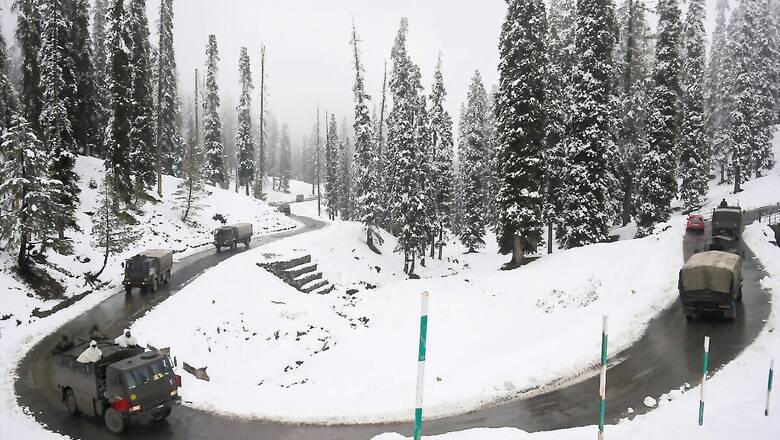
views
The Defence Research and Development Organisation (DRDO) has developed several products, including ‘Him Tapak’ space heater and snow melters, to help over 50,000 Indian Army soldiers deployed in high altitude areas of Eastern Ladakh in sub-zero temperatures amid tense border standoff with China.
The Indian Army has placed an order worth Rs 420 crores for indigenously made ‘Him Tapak’ space heating device (Bukhari) for habitats of Army and Indo-Tibetan Border Police (ITBP) deployed in Eastern Ladakh, Siachen and various mountainous locations, DRDO’s Defence Institute for Physiology and Allied Sciences Director Dr Rajeev Varshney told ANI.
Dr Rajeev said the space heating device is a cost-friendly alternative to the Bukhari due to its minimal oil consumption. “The oil consumption in this device is almost half and as per our calculation, we will be able to save almost ₹3,650 crore in a year. Very soon it will be stationed at all deployment points,” he said.
Apart from the cost, the device is also a safer alternative amid high wind speed and prevent backblast and carbon monoxide poisoning, two common causes of death of jawans in extremely cold regions. “Due to high wind speed at high altitude regions, there is increased chances of backblast. However, since our device has three horizontal double-layered plates that can cut the air, it cuts down the backblast chances. It is a blast-proof Bukhari.”
The device has a 6 litres capacity and combustion is 100 per cent. Hence, there is “no chance that it will produce carbon monoxide and other hazardous gas,” he added.
The Defence Institute of Physiology & Allied Sciences (DIPAS), a laboratory of the DRDO, which conducts physiological and biomedical research to improve performance in extreme and wartime environment has also developed ‘Alocal cream’ aimed to help in preventing frostbite, chilblain and other injuries caused by exposure to extreme cold environmental conditions. The Army orders 3 to 3.5 lakh jars of this cream for troops in Eastern Ladakh, Siachen and other areas. “Recently we got an order of 2 crore jars from Northern command,” Dr Varshney said.
Other products such as ‘flexible water bottle’ and ‘Solar Snow Melter’ have also been developed to help against drinking water issues. The water bottle can withstand minus 50 to 100 degree temperature and is designed so that the water stored in liquid form will not freeze. The CRPF has ordered 400 of these bottles.
The solar snow melter is designed as a large water tank that runs on solar energy to melt the snow and water. The water can be stored up to minus 40-degree centigrade in a five-litre water tank attached with the device. The tanks are currently running on trials at Siachen, Khardungla and Tawang areas. The tank can reportedly provide 5-7 litres of drinking water every hour.
Nearly 50,000 troops of the Indian Army are deployed in a high state of combat readiness in various high altitude locations in eastern Ladakh as multiple rounds of talks between India and China have yet to resolve the standoff that erupted following a clash between the two sides in the Pangong lake area in early May. China has also deployed an equal number of troops, according to officials.
The eighth and last round of military talks between the two sides had taken place on November 6 during which both sides broadly discussed disengagement of troops from specific friction points.
Read all the Latest News, Breaking News and Coronavirus News here



















Comments
0 comment